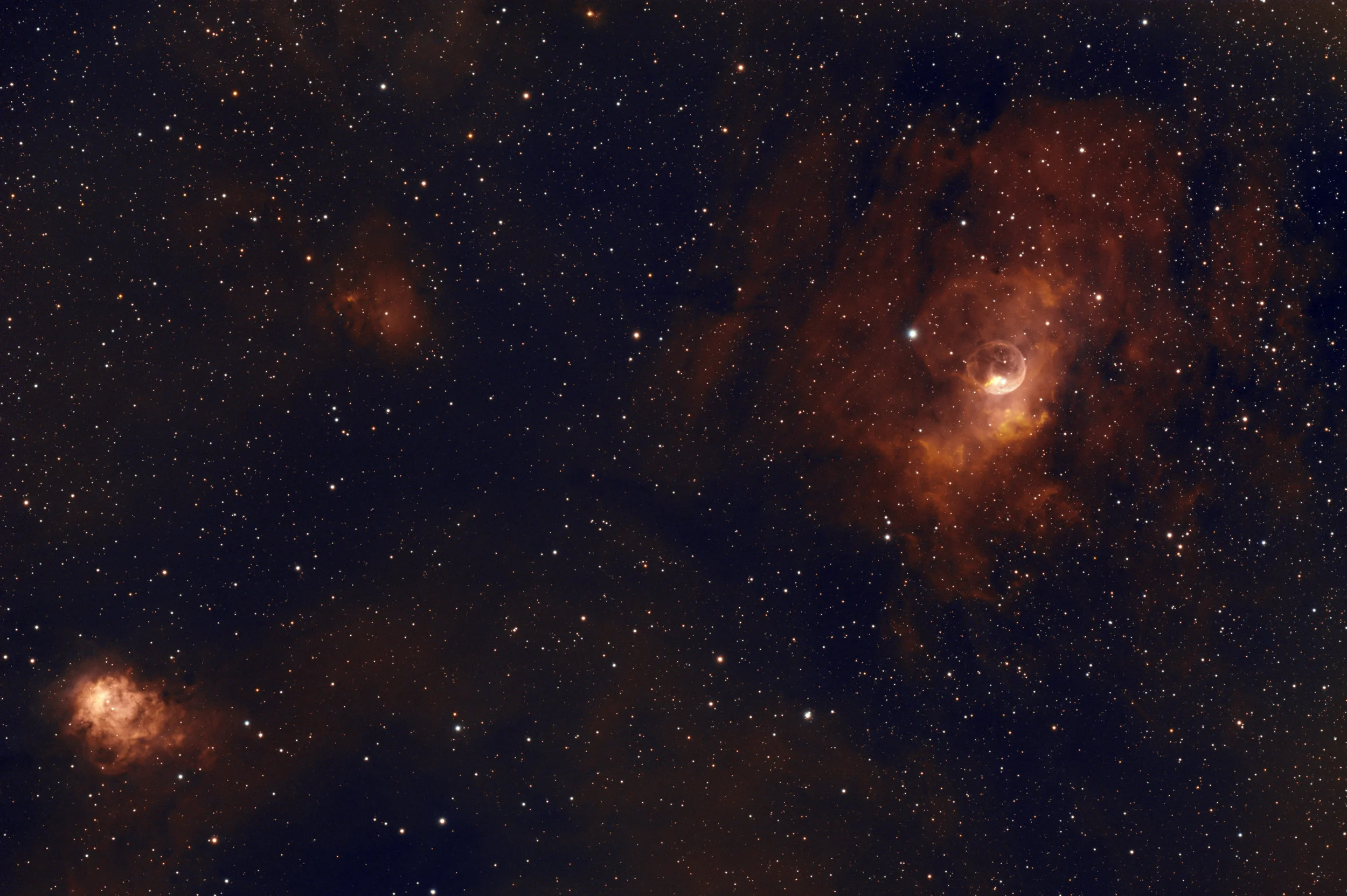
1
Horsehead Nebula

1
IC 342

1
NGC 891

1
Bubble Nebula 2

1
Phantom Galaxy

1
Pleides

1
Andromeda Galaxy

1
Wizard Nebula

1
Whirlpool Galaxy

2
Eagle Nebula
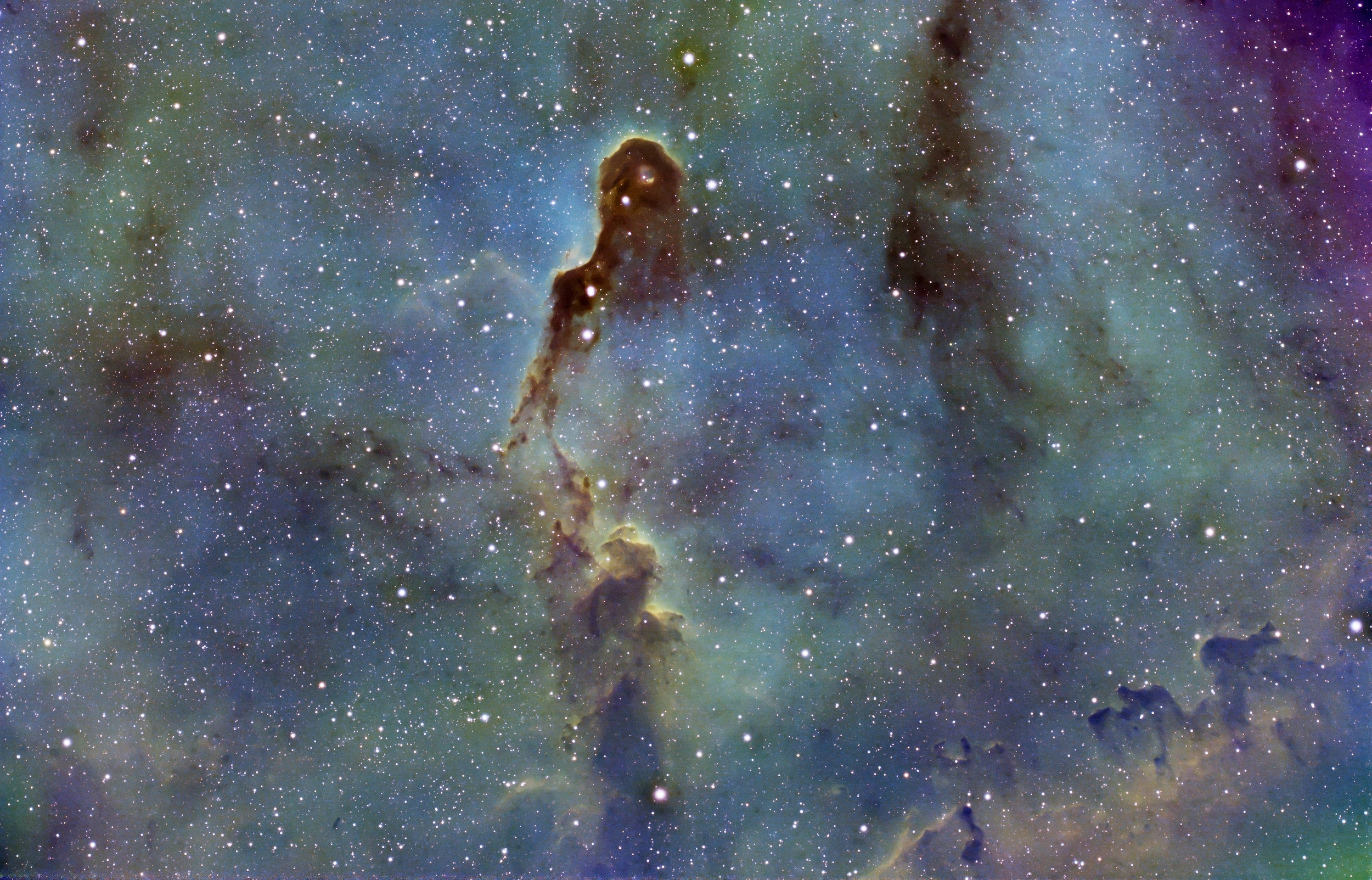
1
Elephant Trunk
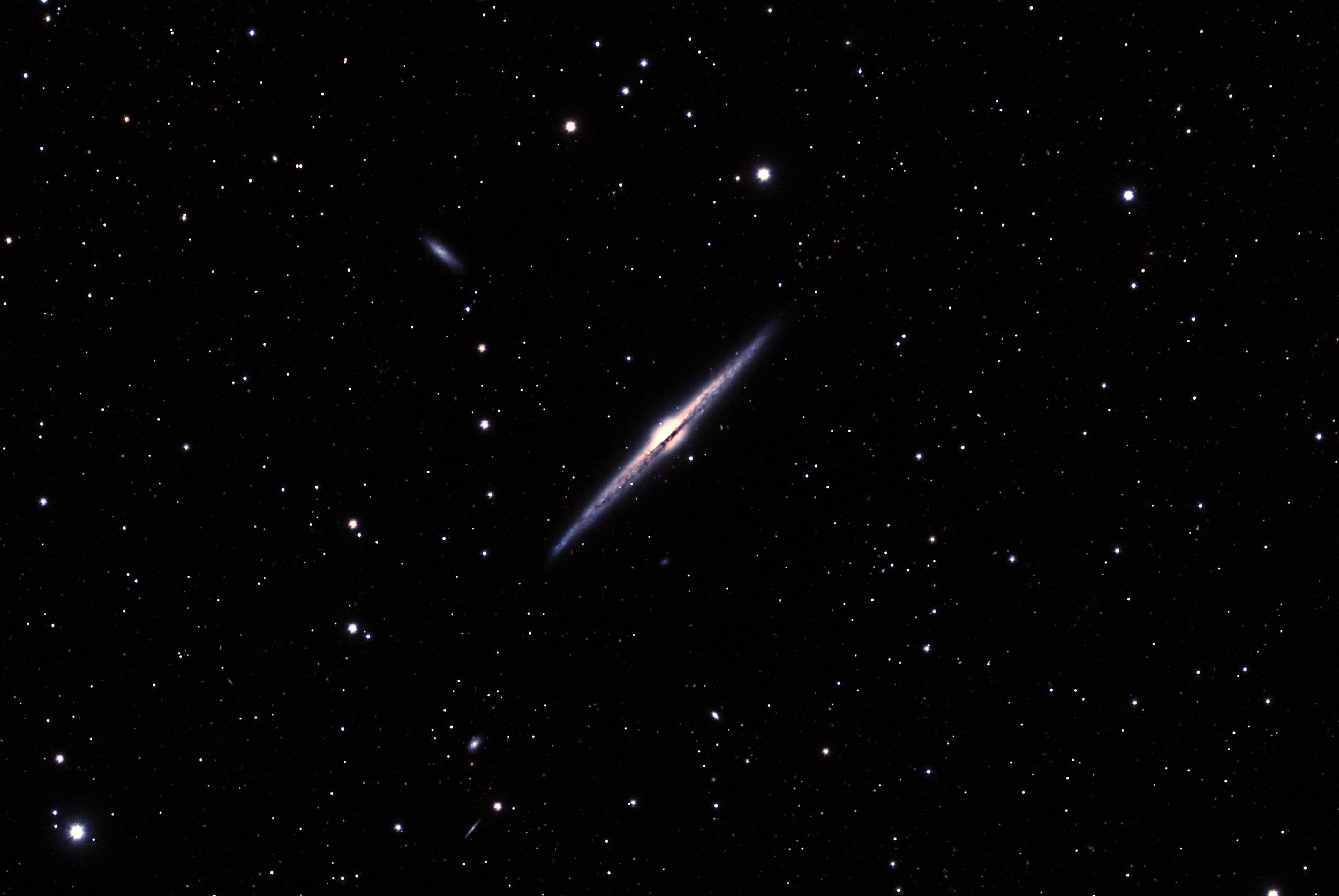
1
Needle Galaxy

1
Hercules Cluster
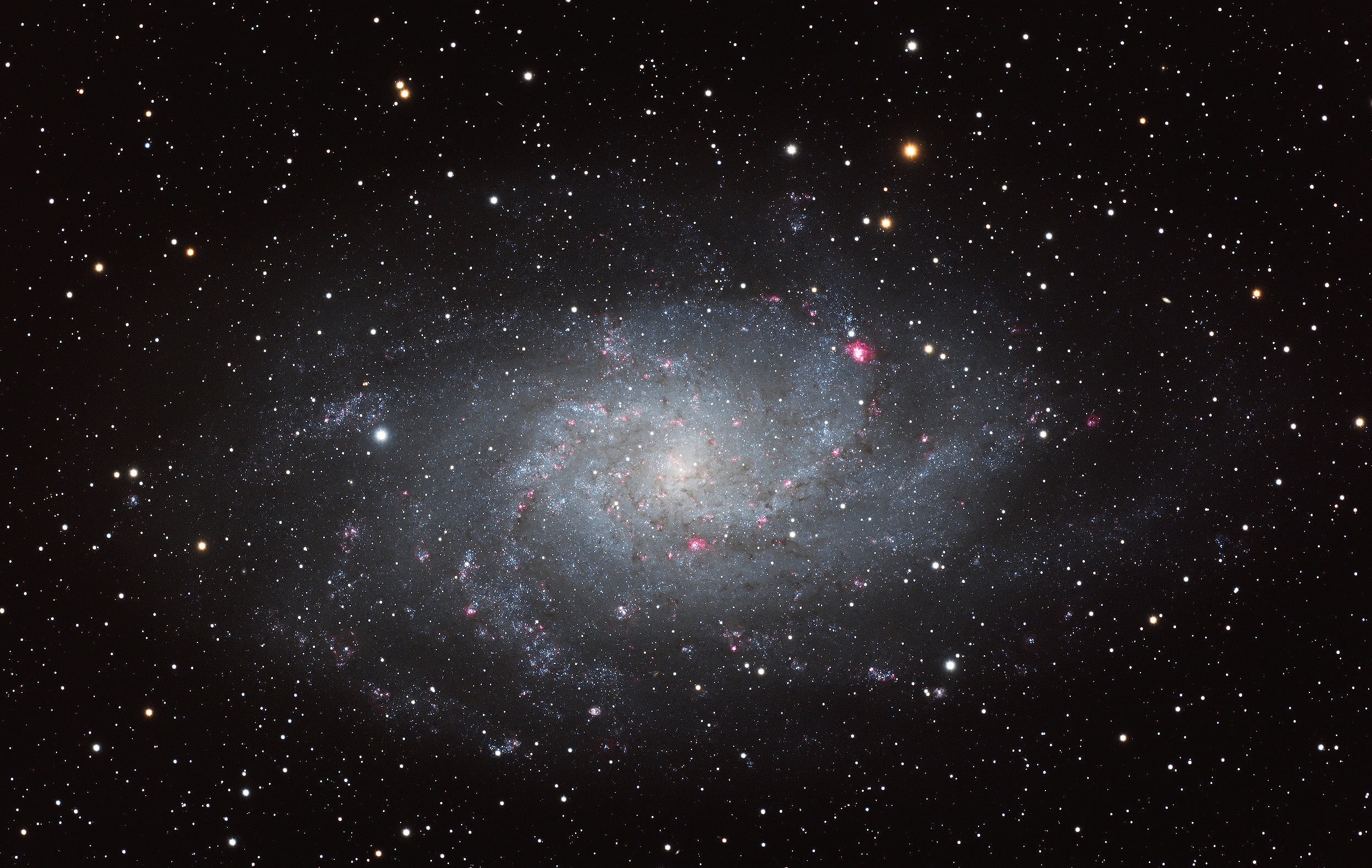
1
Triangulum Galaxy

1
Pinwheel Galaxy
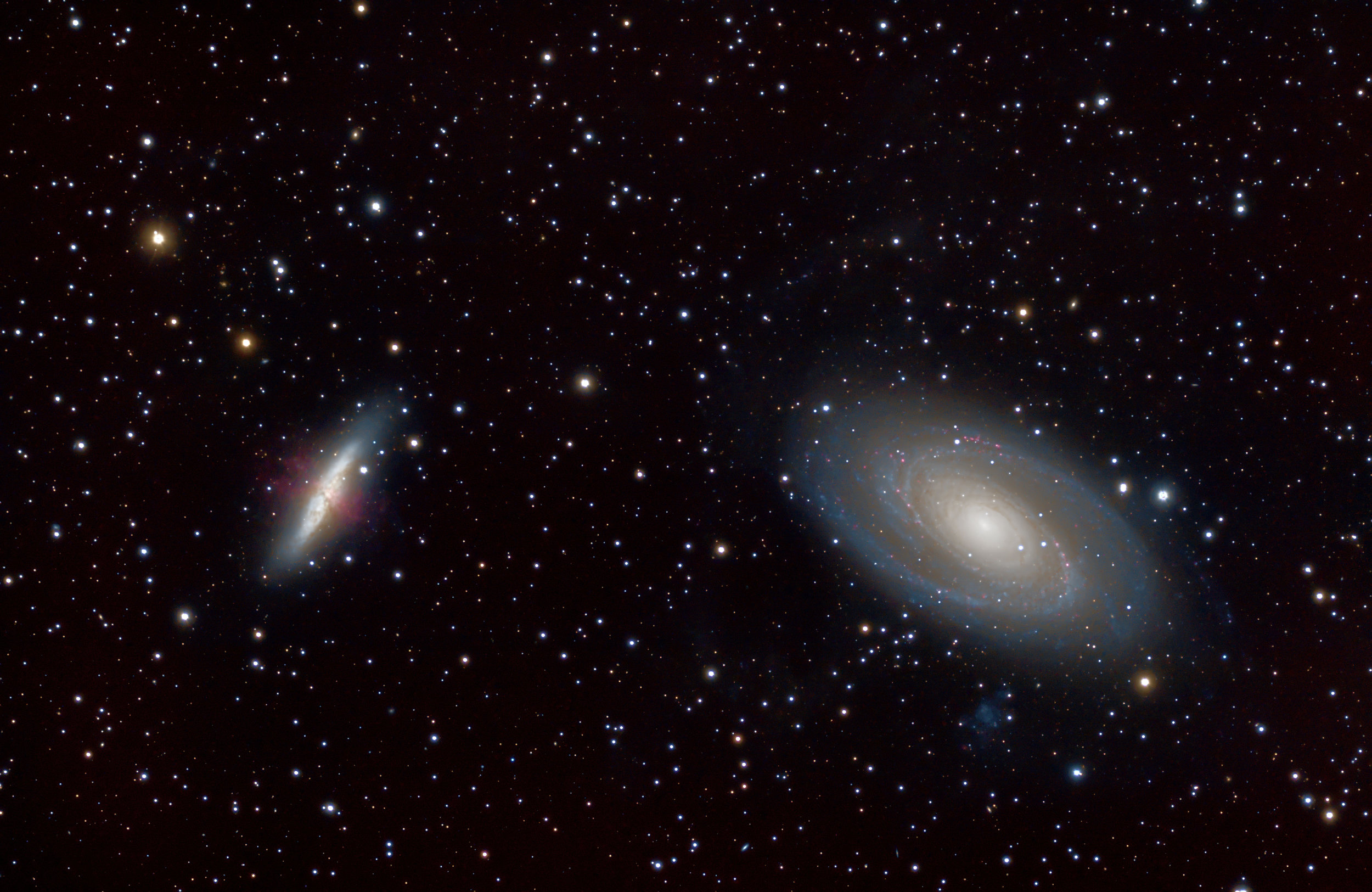
2
Bode's Nebula

1
Horsehead and Flame

1
m33

1
M100

1
Sunflower Galaxy

1
Pacman Nebula

2
NGC 5033

1
Sombrero Galaxy

1
Iris Nebula

2
Heart Nebula

1
Pelican Nebula

2
Bubble Nebula

1
Cocoon Nebula

1
Crescent Nebula
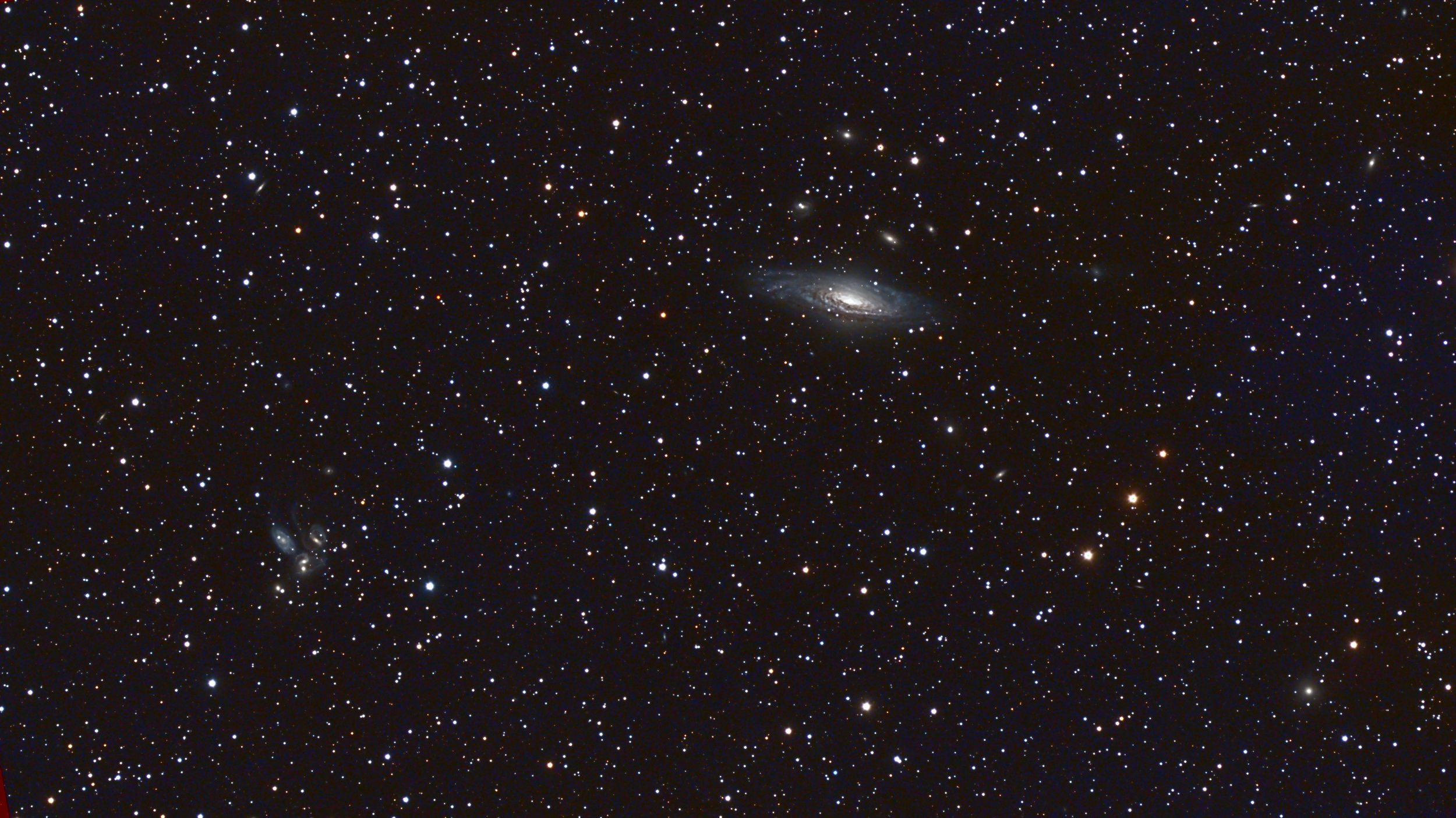
1
Stephan's Quintet

1
Western Veil

1
Eastern Veil

1
M109

1
Orion Nebula

1
Leo Triplet

2
Perseus A

2
Markarian's Chain

2
Milky Way

6
Solar Eclipse




